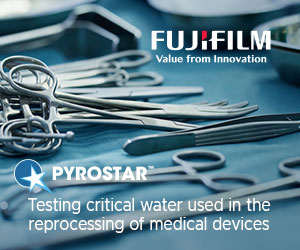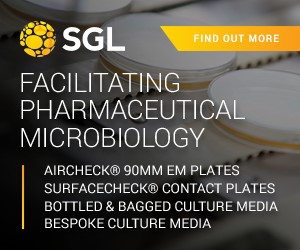| The ability to detect both toxins quickly is extremely important, since there are increasing reports around the world of CDAD caused by strains that are negative for toxin A but positive for toxin B [1-4].
Unlike most rapid tests, which detect C. difficile toxin A only, Xpect™ Clostridium difficile Toxin A/B test detects both toxins A and B. This minimises false negatives caused by A-/B+ strains.
The procedure is very simple with no specimen processing required and minimal manual intervention. Diluted sample is simply mixed with conjugate and added to the test cassette. Within 20 minutes, the result is clearly visible. Such speed allows clinicians to be better informed at the earliest opportunity so that appropriate therapy for the patient can be administered, and ensures prompt initiation of infection control procedures to minimise further spread of disease.
Xpect™ Clostridium difficile Toxin A/B test provides the flexibility for medium to low volume laboratories to offer C. difficile testing, and for any size laboratory to offer STAT testing for C. difficile.
For further information please contact Carlene Simmons [details above] or click on the link below.
References:
1 CCDR (1999) Report 25-07
2 Department of Health press release 2003/0222 (2003) (PLCM02003/4, PLCN02003/4)
3 Limaye, A.P., Turgeon, D .K., Cookson, B.T. and Fritche, T.R. (2000) J. Clin. Microbiol. 38(4): 1696-1697
4 van den Berg, R.J., Claas, E.C.J., Oyib, D.H. et al (2004) J. Clin. Microbiol. 42(3): 1035-1041
|






